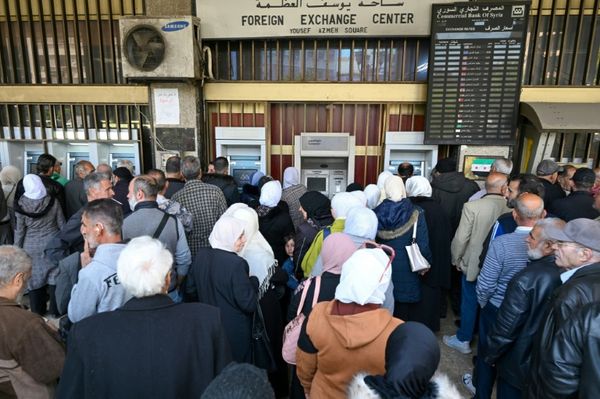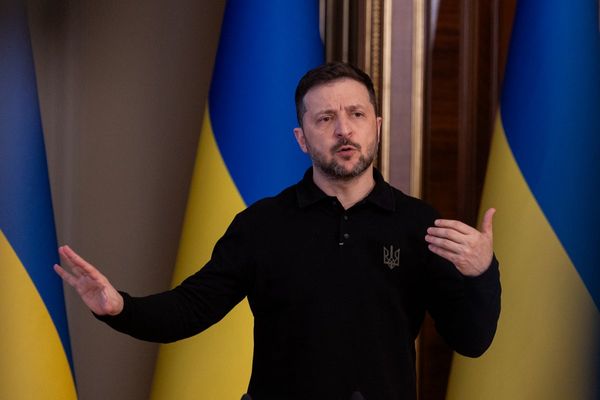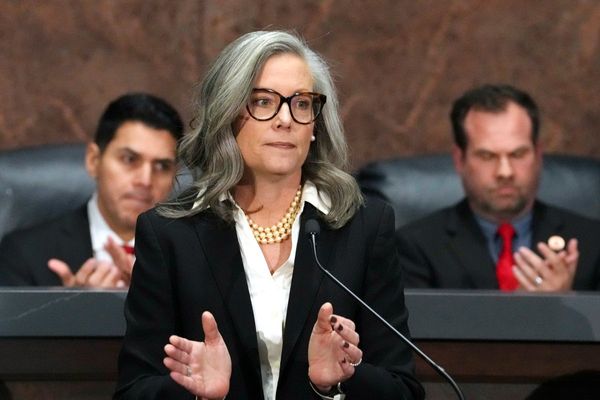
January 27—the anniversary of the liberation of Auschwitz-Birkenau — was designated by the United Nations General Assembly as International Holocaust Remembrance Day.
The UN urges us annually to honor the six million Jewish victims of the Holocaust in Europe, and millions of other victims of Nazism in the 1930s and 40s, and to develop educational programs to help prevent future genocides.
So to heed their call, here are a few of the important sites, museums and memorials that honor those who suffered in the Holocaust, one of the most unfathomable events in human history.
Traveling to sites is the ultimate way to bear witness to the Holocaust, and I with that in mind I have traveled to camps, museums and memorials throughout the world.
In 1965, 20 years after the concentration camps were liberated, I visited Dachau concentration camp outside of Munich. Germans who had lived through the war were walking by the photos in a new museum there, shaking their heads in seeming disbelief of the atrocities shown. Most of those people had been Nazis, but they looked ordinary. And that awareness made my first closeup glimpse at this awful history indelible.
In 1995, 50 years after the exterminations, I visited the Buchenwald concentration camp, outside of Weimar, Germany, more horrific than Dachau’s setting. By the end of the war, Buchenwald was the largest concentration camp in the German Reich, and more than 56,000 died there as the result of torture, medical experiments and consumption.
That same year I visited the most infamous camp of all — Auschwitz, near Krakow, Poland. Auschwitz I, was the building mainly holding political prisoners, and gruesome displays such as inmates’ hair, and piles of shoes.
Auschwitz-Birkenau, was a combination of concentration camp and extermination camp, which held predominantly Jews.

Besides the long train track and terminal, remaining structures are scattered over a vast area. Most of the gas chambers were destroyed by the Nazis when they learned they had lost the war, and crematoria are mainly piles of rubble. Many barracks remain intact, with stacked wooden shelves where people slept, several crammed on each stacked shelf.
At Auschwitz Majdanek, a separate site, visitors can see the horrors of gas chambers, barracks, crematoriums and a huge mountain of ashes – all located within suburban Kracow, overlooking residential homes.
An organized tour will include an expert guide or survivor, with transport between the different parts of the camp.after the liberation. But I walked alone in Auschwitz on a late afternoon and could feel the presence of the lost millions of murdered innocent men, women and children. I had worked as a ghost writer with an Auschwitz survivor who wanted to tell her story, and paid respects by visiting the barracks where she had lived.
***
Many Holocaust museums and memorials around the world offer exhibits. The Holocaust Museum in Washington D.C. is one of the best. And my son Cary curates exhibits at the Kuperberg Holocaust Center in Queens. NY. The current one, available virtually at the moment, is “Concentration Camps.”
At The Holocaust Memorial in Berlin, thousands of concrete slabs, some over six feet high and positioned like dominos at different levels, give perspective to the turbulence and uncertainty of those times: a place of contemplation, remembrance — and also warning.

***
Warsaw, Poland was home to the largest and deadliest ghetto in Europe, a segregated area where Jewish people were forced to live under Nazi occupation. Starting in 1940, 400,000 Jews were confined to a walled-in neighborhood of 3.4 square kilometers, under horrific conditions. That works out to about eight people per room.
With assistance from Polish partisans the Jews rose up in armed resistance in 1943 and held off the Germans for several weeks until the Germans annihilated the ghetto, killing 13,000 people. In all, 392,000 Jews from the Warsaw ghetto were killed, most of them after deportation to the Treblinka death camp.

I visited the site, the Heroes Monument and “The Footbridge of Memory,” which links two smaller ghettos. Pictures of the victims are displayed on the buildings as you walk the streets.
***
In the heart of Amsterdam, Anne Frank house is where the now legendary Anne and her family lived in hiding during World War II to avoid persecution. Living with them there was another family, the van Pels; and later, a dentist named Fritz Pfeffer. Anne Frank’s famous diary, written during her time in hiding, documents her thoughts and feelings as a budding teenager; at times, surprisingly and endearingly hopeful.

Tragically, the group was betrayed and transferred to concentration camps. Anne died of disease in 1945, just days after her sister Margo, near the war’s end. Her diary was discovered and published by her father, Otto, the only member of the group who survived the Holocaust.
Anne Frank’s house is now a hugely popular museum. Visitors are able to see the bookcase which hid the annex where they lived. The museum has collected objects and photographs which belonged to the family, and Anne Frank’s original diary is on display.
I remember visiting in 1965, before the modern building that houses artifacts was constructed, and before the crowds. We could walk right up the stairs to the secret annex, and walk into the premises in silence.
***
A few sites offer hope.
In 2016 I visited Le Chambon, a French village an hour or so drive from Lyon. It’s heroic history is all too rare. Within days after Nazi Germany’s invasion of France and the establishment of the Demarcation Line separating Northern Occupied France from unoccupied Vichy France, the pastor of Le Chambon rallied the villagers to action: “We will resist when our enemies demand that we act in ways that go against the teachings of the Gospel. We will resist without fear, without pride, and without hatred.”
The French Huguenots (Calvinists) of this region chose to protect their fellow "people of God" regardless of religious or ethnic background. Perhaps they offered sanctuary and kindness in part because they too had been targets of religious persecution for hundreds of years.

But whatever the incentive, the parishioners welcomed Jewish refugees, many of them children. The villagers took them into their homes, educated them in their public schools and hid them from periodic raids: a haven of goodness in a terrible time.
***
Some of you may have seen the movie, Schindler’s List. Oscar Schindler was a German businessman living in Krakow, Poland. He employed Jews, offering them protection from the Nazi Party’s hunt. Schindler had a good relationship with the SS and claimed he needed the Jews because they cost less and their labor was “necessary for the German war effort.”

As a result, thousands of Jews who worked in his factory avoided being transported to extermination camps.
***
Yad Vashem translates to ‘the hand of God.’ That memorial in Jerusalem is a living tribute to the victims of the Holocaust who did not receive a burial. Exhibits feature photographic accounts written and spoken by victims, remains from survivors, art installations and information panels.

A side is dedicated to children of the Holocaust; it remains in darkness.
And to further remember, we talked with Allan Hall, who survived the Holocaust as a child, hiding with his family in Poland. He tells his terrifying story on Episode #50 of my podcast, Places I Remember.
“I want people to remember,” he says. And you will most likely never forget the bravery, resourcefulness — and luck — that saved him and his family.







